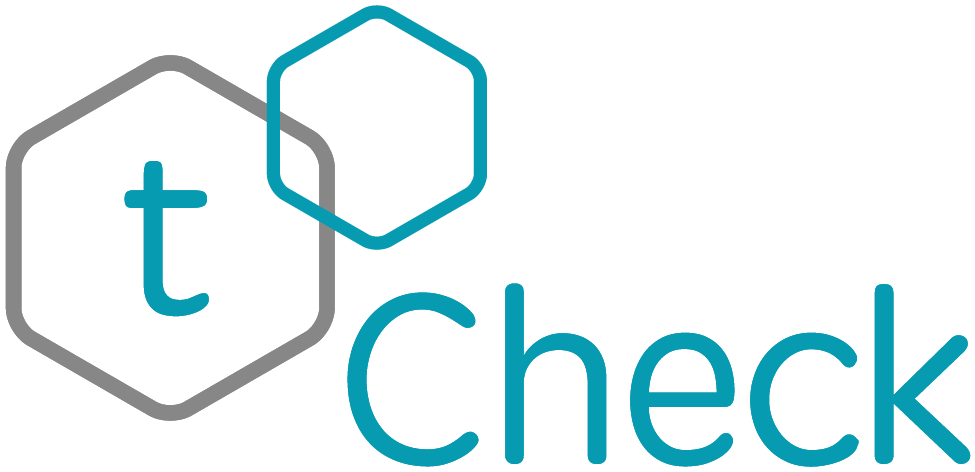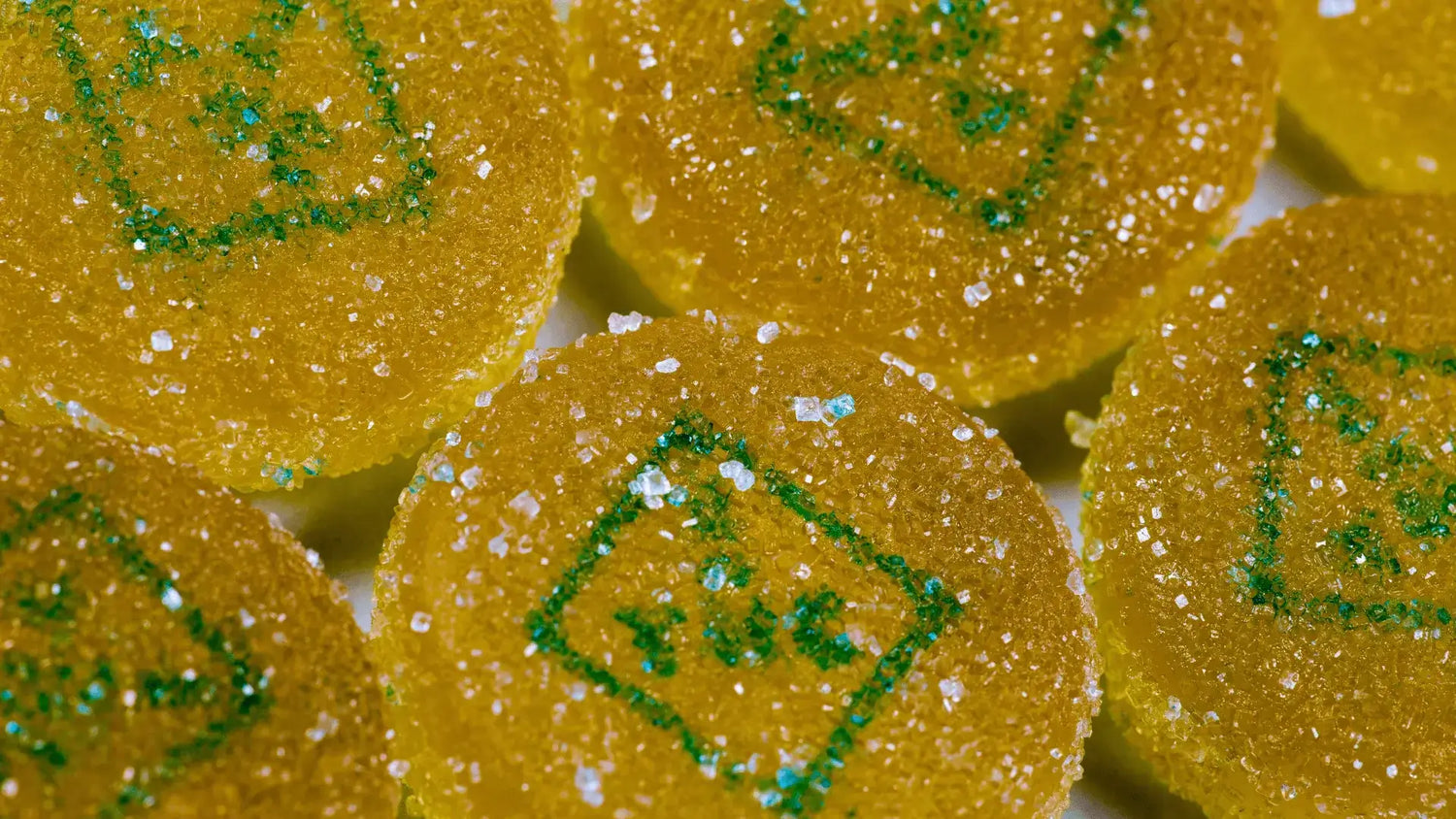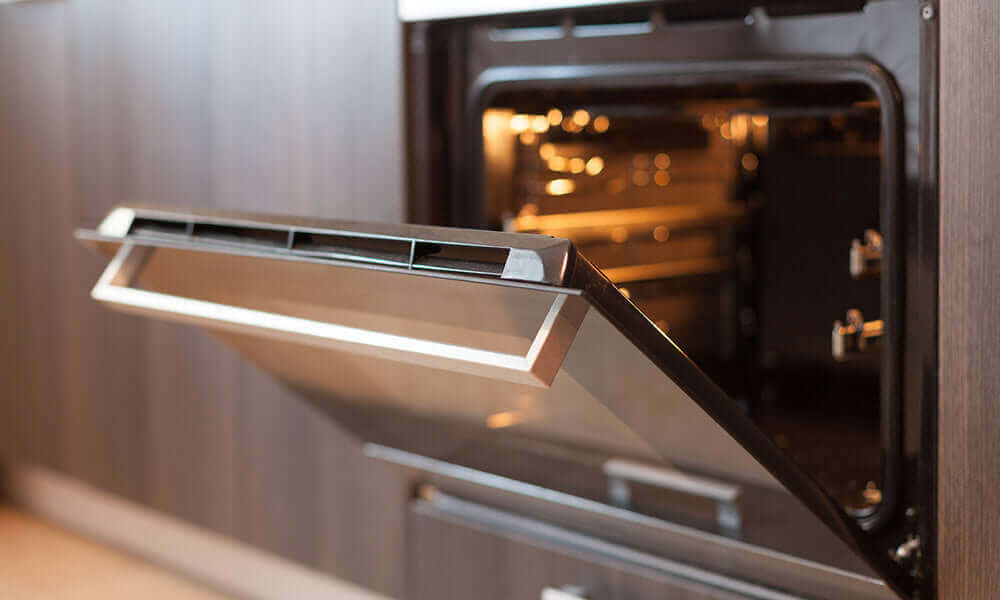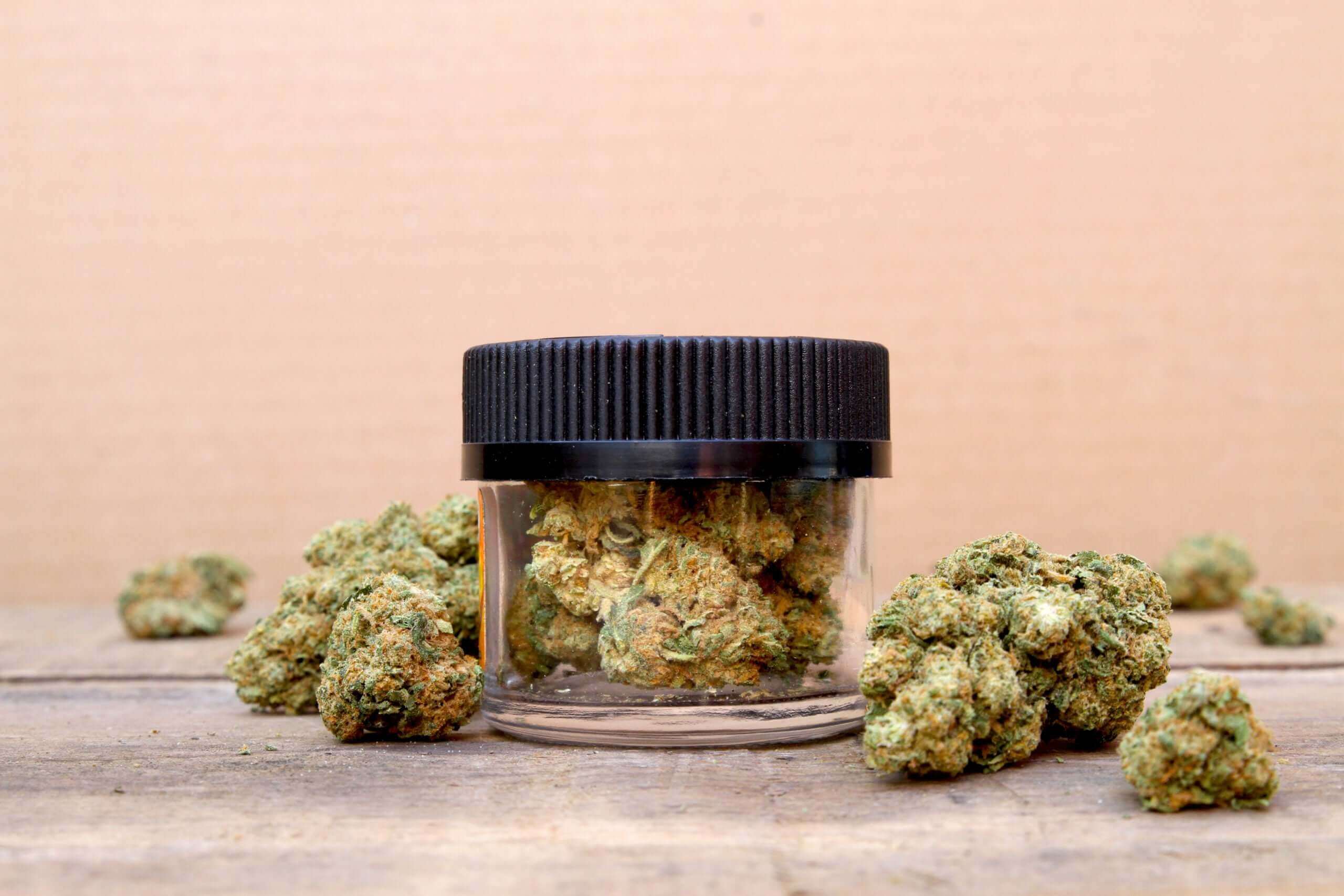When most home cooks make cannabis edibles, they usually resort to guesswork for determining potency. That can be fine if you’re only making edibles for yourself, and you know your tolerance. But when you’re sharing with friends, you won’t want to freak them out with too much THC or put them to sleep with a heavy CBD dosage.
So, how do you calculate the potency of your infusions? Join us, and we’ll show you how to calculate accurate flower-to-oil ratios for your homemade edibles.
Calculating Flower-to-Oil Ratios
You’ll need to consider several variables when calculating flower to oil ratios for your edibles, including:
- how many grams of flower your using
- the potency of the flower
- the approximate infusion rate
- the amount of oil or butter
- the number of servings
The type of oil and the time infused makes a difference in the infusion rate. Unfortunately, there’s no way to know exactly what the infusion rate will be. For this article, we’ve chosen a relatively high infusion rate, but rates can range down to 60% or even lower.
The calculations that follow will give you an estimate of the potency of your edibles. However, if you want to know exactly how many milligrams of THC or CBD are in your infusions, you’ll have to send them to a lab or test them with an at-home cannabis potency tester.
Calculating the milligrams of THC or CBD in your cannabis
The first step in calculating your flower-to-oil ratio is to find out how many milligrams of cannabinoids are in your flower. You can convert the number of grams of cannabis to milligrams by multiplying it by 1000. Then, use the following equation to find out how many milligrams of THC or CBD are in your bud:
milligrams of cannabis x % of THC or CBD= total cannabinoids in milligrams
For example, let’s say you have 5 grams of flower, which equals 5000 mg. If your bud has 20% THC, you simply multiply 5000 by 20%, and you’ll get a total of 1000 milligrams of THC.
Finding out the amount of infused cannabinoids
Once you determine how much THC or CBD is in your flower, you’ll need to estimate how many milligrams will actually infuse into your oil. As we’ve mentioned before, the infusion rate varies according to the type of oil you use and how long you cook the mixture. For this article, we’ll use an 80% infusion rate. Here’s the math:
1000 mg THC x 80%= 800 milligrams of infused THC
Determining the total amount of cannabinoids in a batch of edibles
Here’s the equation you’ll need to find out how much CBD or THC is in your entire batch of edibles:
total infused cannabinoids divided by amount of infused oil you use in the recipe
If you initially infused two cups of oil and plan to use ¼ cup in your edibles, you’ll divide the total infused cannabinoids by eight. (You’re using an eighth of the total two cups of oil.) Here’s what the math looks like for our previous example:
800 mg infused THC divided by 8 = 100 mg of THC in your whole batch of edibles
Calculating the amount of cannabinoids per serving
This part is relatively straightforward. Let’s say you plan on making 10 servings:
100 mg total THC in the batch divided by 10 servings = 10 mg per serving
Now that you have the basic information you’ll need, let’s take a look at a few real-life scenarios for practice.
Scenario #1: CBD-Infused Dinner Party
Imagine that you’re planning a dinner party for four of your closest friends. Your meal plan includes CBD-infused gravy, and you want to make sure that each guest can have two portions. For this scenario, you’ll be working with the following variables:
- 7 grams of hemp flower with 16% CBD
- 4 sticks of butter (1 stick used in the gravy)
- 80% infusion rate
- 8 servings (4 guests x 2 portions)
You can calculate the approximate potency per serving in the following manner:
Total cannabinoids in milligrams: 7 grams in milligrams equals 7000 mg. 7000 mg times 16% is 1120 milligrams of CBD in the hemp flower.
- Total infused CBD: 1120 mg x 80% = 896 total infused CBD
- Total cannabinoids in your gravy: 896 total infused CBD divided by 4 equals 224. (You’re using ¼ of your infused butter in your recipe.)
- Milligrams of CBD in each serving: 224 divided by 8 servings yields 28 mg of CBD per serving.
Maybe those seem like hefty servings, but we’re assuming your dinner guests are already experienced with CBD. If you wanted to reduce the potency of your gravy, you could simply use ½ stick of CBD-infused butter and ½ stick of regular butter, which would give you eight 14 mg servings of CBD gravy.
Scenario #2: Old-Fashioned Pot Brownies
In this scenario, you want to make two dozen brownies that you can share with friends and store in the freezer when you need a little pick-me-up. You plan to make them on the weak side so that you can enjoy a lighter buzz or eat two for a full-blown trip. Here are the variables you’re managing:
- 6 grams of cannabis with 18% THC
- 2 cups of coconut oil (½ cup used in brownie recipe)
- 80% infusion rate
- 24 brownies
Here’s the procedure for calculating the milligrams of THC per brownie:
- Total THC in milligrams: 6 grams equals 6000 milligrams. 6000 mg times 18% THC equals 1080 milligrams of THC.
- Total infused THC: 1080 mg multiplied by 80% is 864 mg of THC.
- Total THC in your batch of brownies: 864 mg divided by 4 equals 216 mg. (We’re using ¼ of our coconut oil.)
- Milligrams of THC in each brownie: 216 mg divided by 24 brownies is 9 milligrams of THC.
Now, you have 24 lightly dosed brownies you can feel confident sharing with friends or enjoying when you require a slight attitude adjustment.
As we’ve mentioned before, these calculations will only give you an approximation of the potency of your edibles since it’s impossible to pin down exact infusion rates. If you would like to know the precise amount of cannabinoids in your infusions, you may be interested in our at-home cannabis potency tester. tCheck works for all types of infusions, tinctures, and distillates. Our devices even include a convenient, onboard cannabis edibles recipe calculator.









